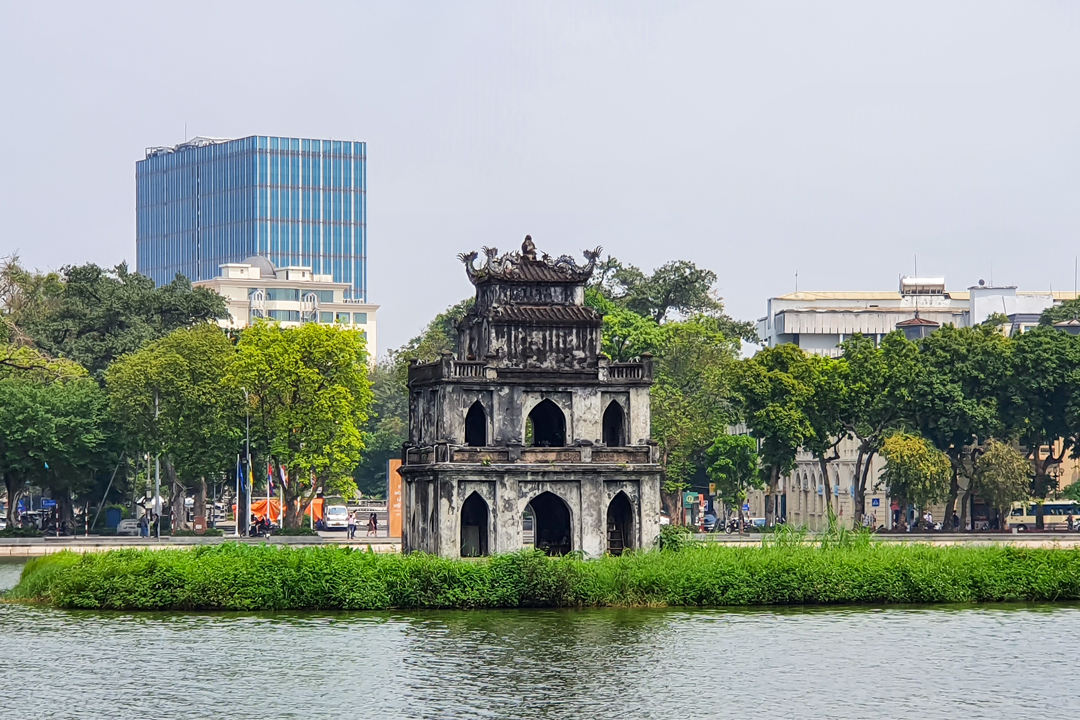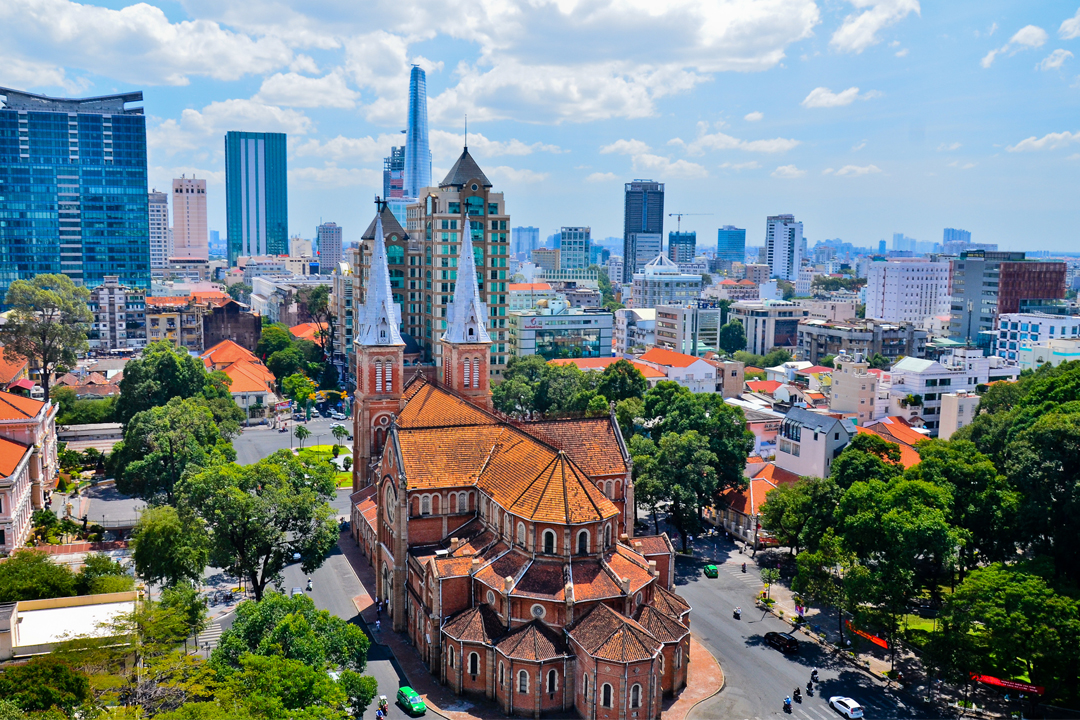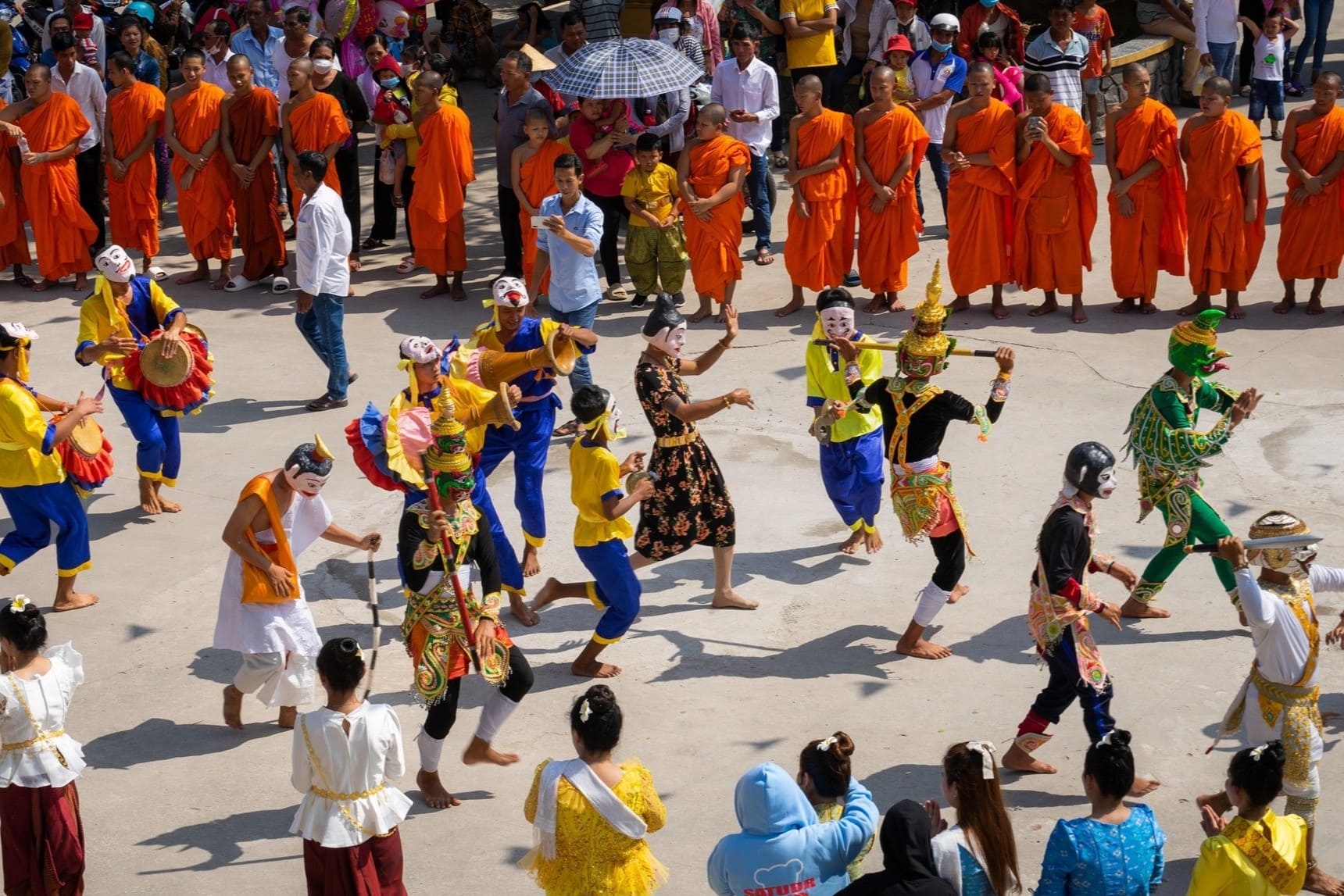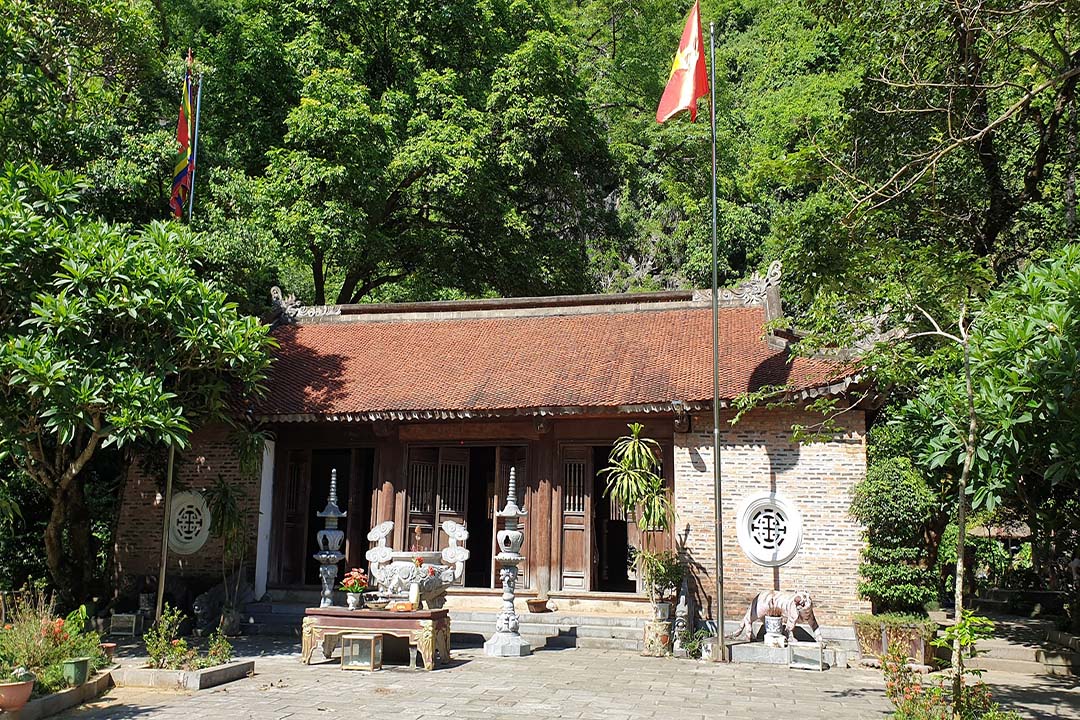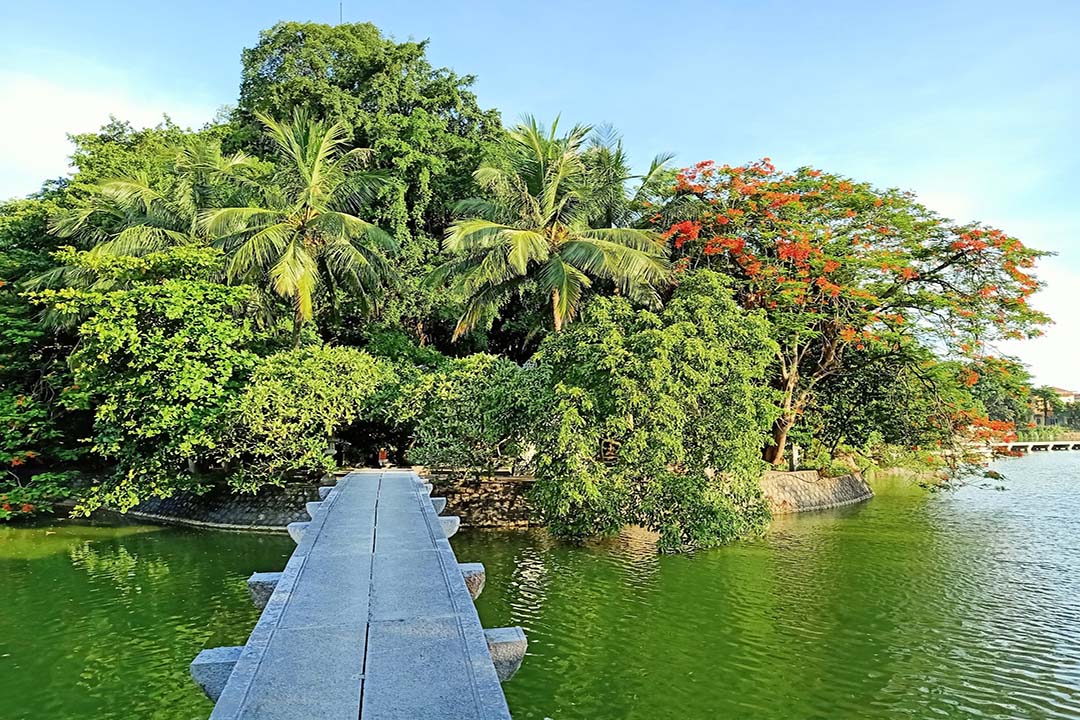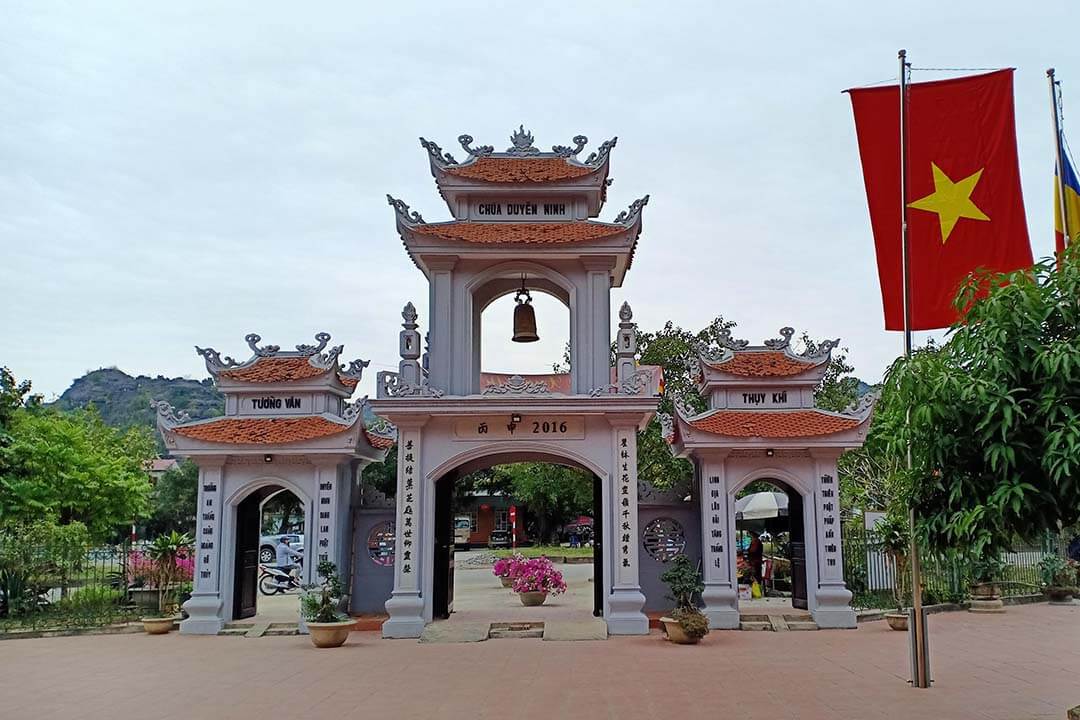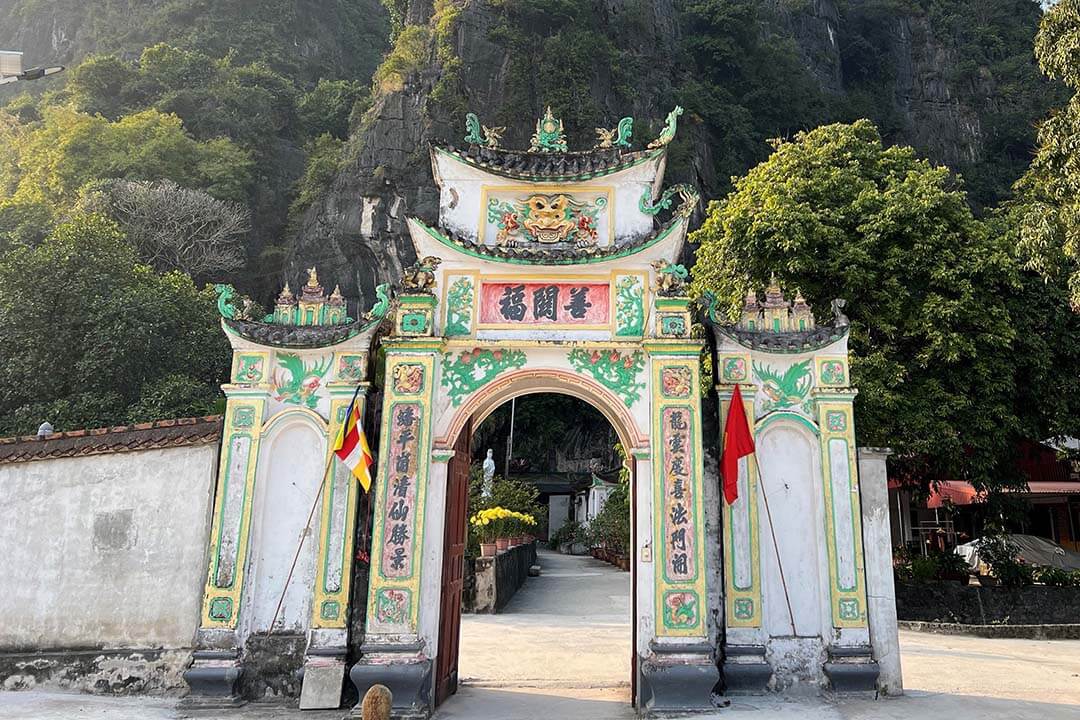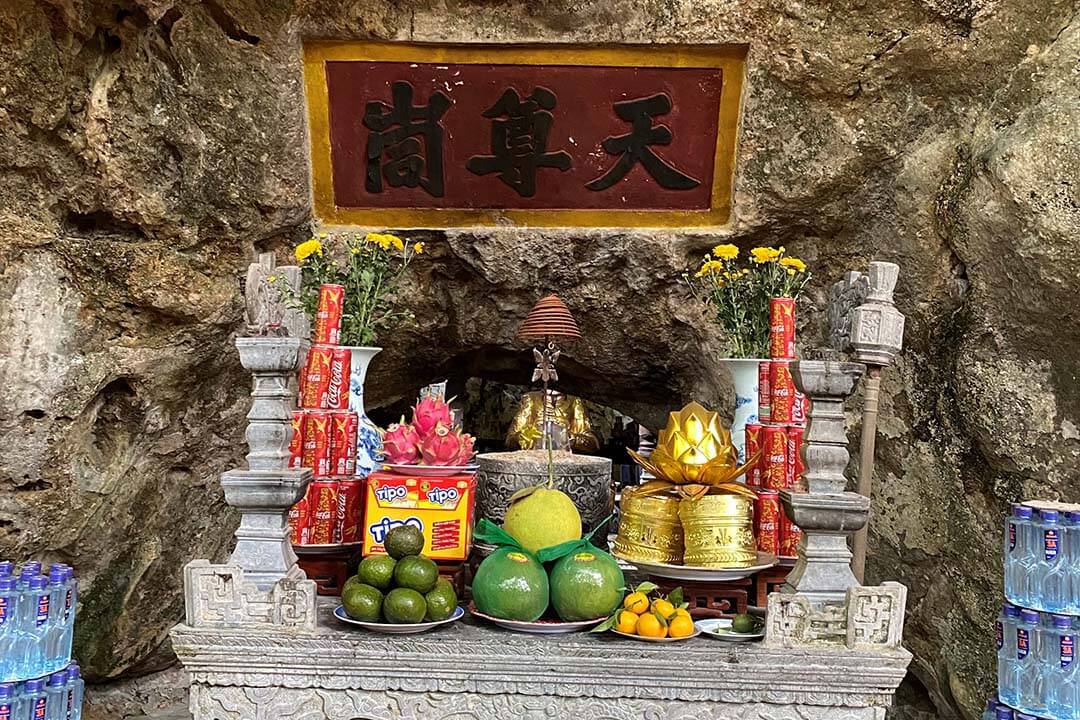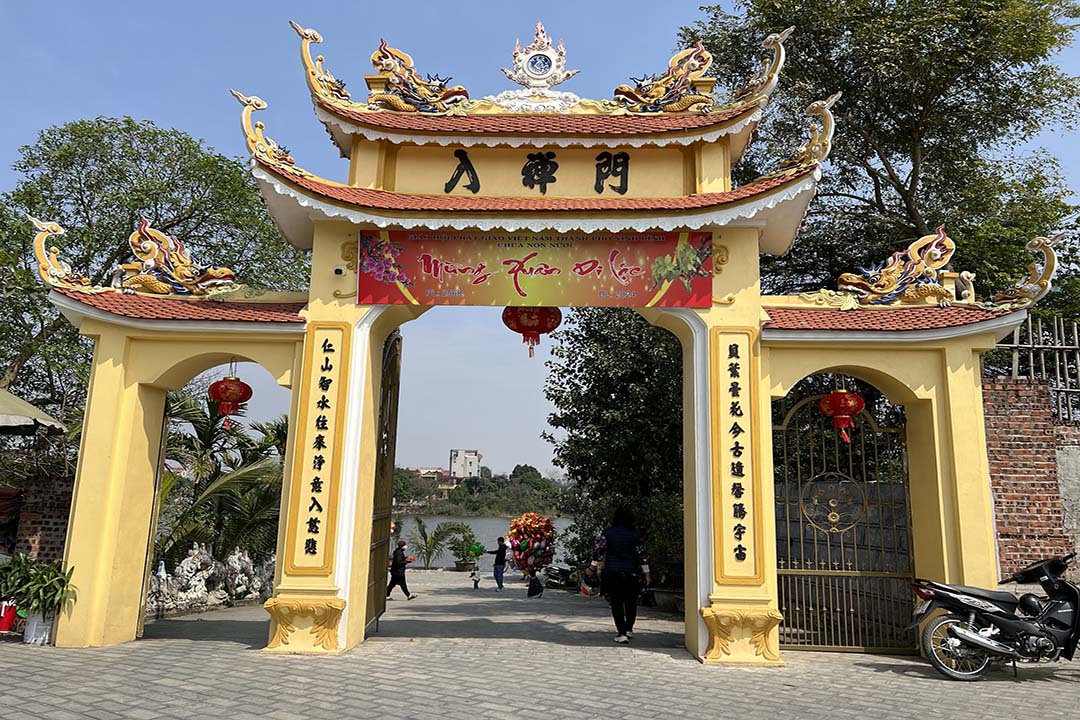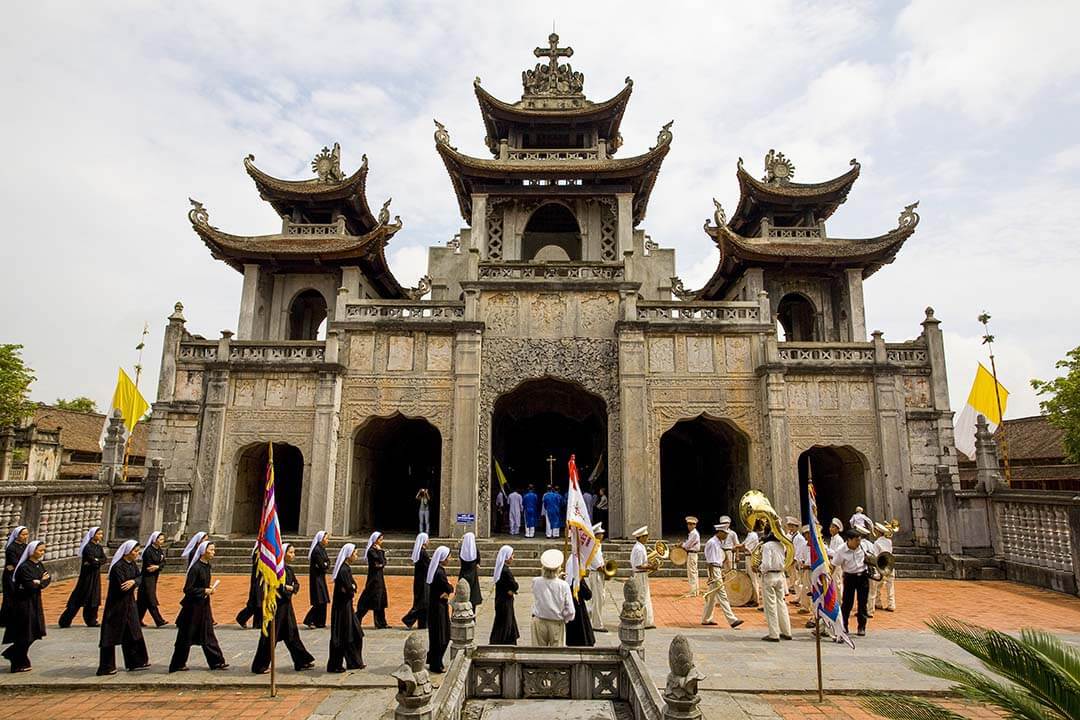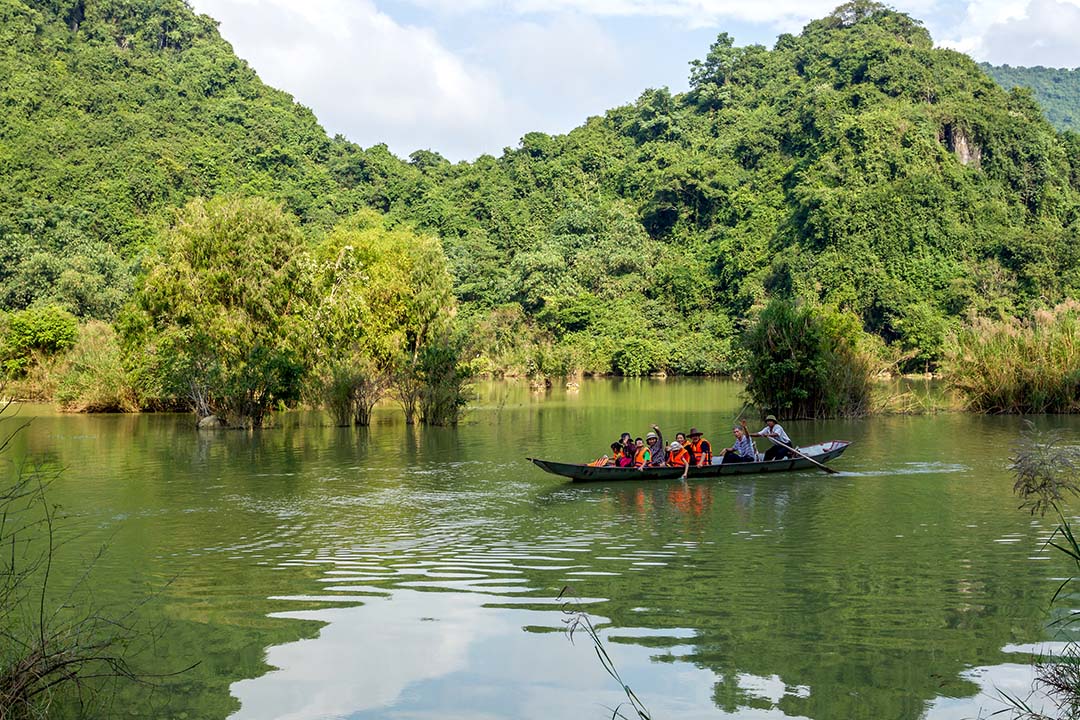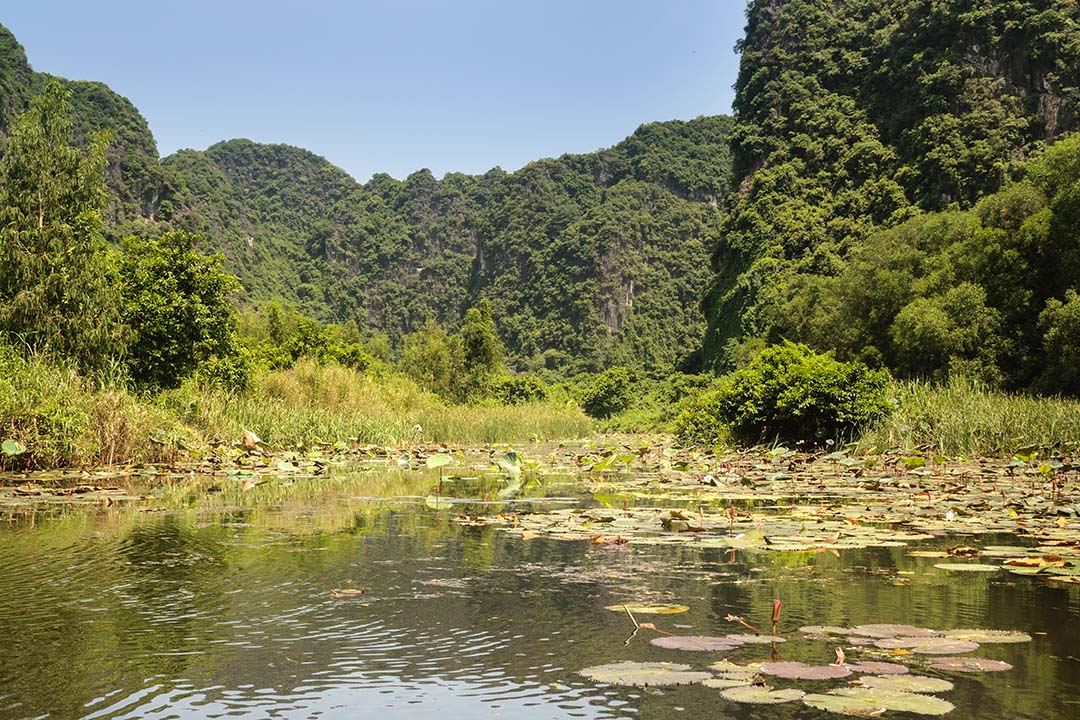Sep - 17 - 2025
The Endangered Primate Rescue Center (EPRC) is located inside Cuc Phuong National Park. This center hosts endangered species, focusing on preserving rare primates like Vietnam’s Delacours and Ha Tinh langurs.
Established in 1993, the center is dedicated to conserving and protecting Vietnamese biodiversity. You can explore this wildlife sanctuary when visiting and learn about efforts to protect endangered species, including gibbons and Delacour’s langurs.
The Endangered Primate Rescue Center also plays a crucial role in educating the public about the importance of conservation and the plight of endangered species in Vietnam. Through guided tours and interactive programs, the center raises awareness about the threats facing primates from habitat loss, illegal hunting, and the illegal wildlife trade.
The dedicated team at EPRC works tirelessly to rehabilitate injured or orphaned animals and reintegrate them into their natural habitats when possible. This wildlife sanctuary provides a safe environment for these remarkable creatures. It also inspires visitors to advocate for protecting Vietnamese biodiversity and its vital ecosystems.
Overview of the EPRC’s mission and vision.
The mission of the EPRC is to focus on the conservation of endangered primates through rehabilitation, education, and research. Striving for a future where these remarkable creatures thrive in their natural habitats, the center works towards increasing public awareness about the importance of protecting Vietnam’s rich biodiversity.
Vision and mission of EPRC
- Mission: The EPRC aims to provide a safe haven for endangered species while educating the public about their threats. By fostering a deeper understanding of primate conservation, the center hopes to inspire future generations to engage in wildlife protection.
- Vision: The center envisions a world where endangered primates are no longer at risk of extinction and where their populations are restored to sustainable levels. The EPRC is committed to ensuring a brighter future for these vulnerable species through ongoing research and public engagement.
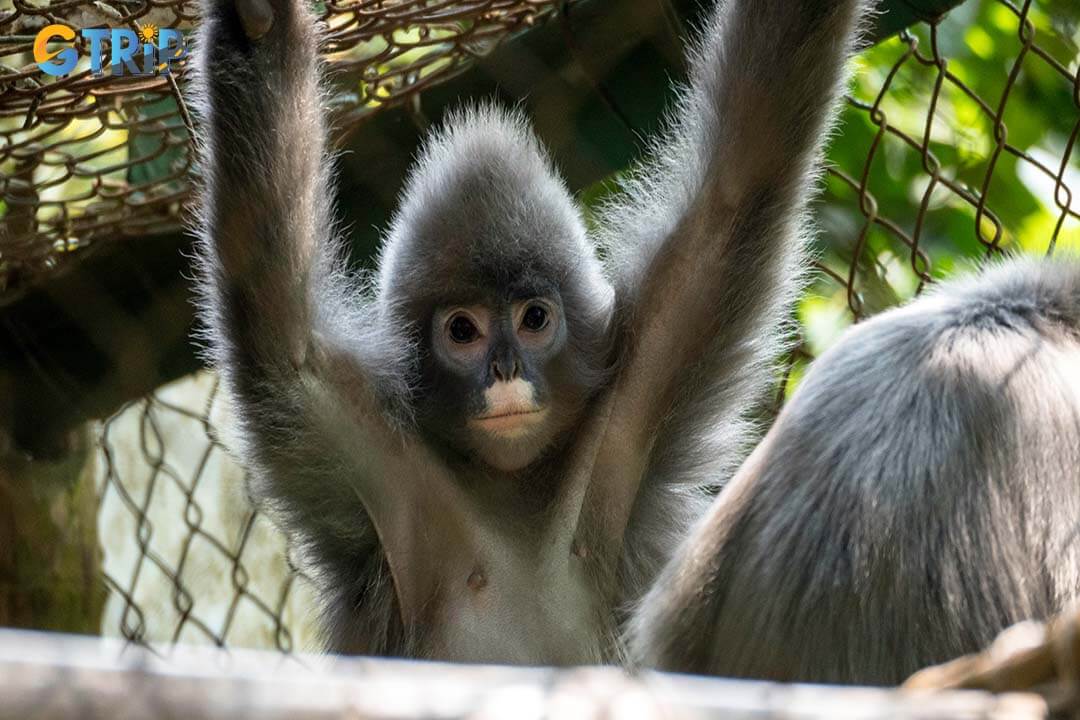
Endangered Langur at rehabilitation center at EPRC
How to get to EPRC
To reach the Endangered Primate Rescue Center (EPRC), situated within Cuc Phuong National Park, your journey will begin by traveling to Cuc Phuong forest. The forest is located in Ninh Binh province, approximately 120 kilometers southwest of Hanoi. It offers several travel options, including buses, motorbikes, and private car services from Hanoi or nearby cities.
Once you reach Cuc Phuong National Park’s main entrance, park staff can guide you further to the EPRC, as it is located a short distance from the park. The staff may provide a map or lead you directly to the center, either on foot or by arranging park transportation if needed. Walking trails and marked paths offer routes through the lush forest landscape, with signs pointing to different destinations within the park.
If you’re visiting as part of a larger tour, many organized tours include the EPRC. These tours often cover other notable points of interest throughout the national park. Alternatively, if you’re traveling independently, you can inquire about travel tips, available transportation options, and suggested routes at the park’s main office or visitor center.
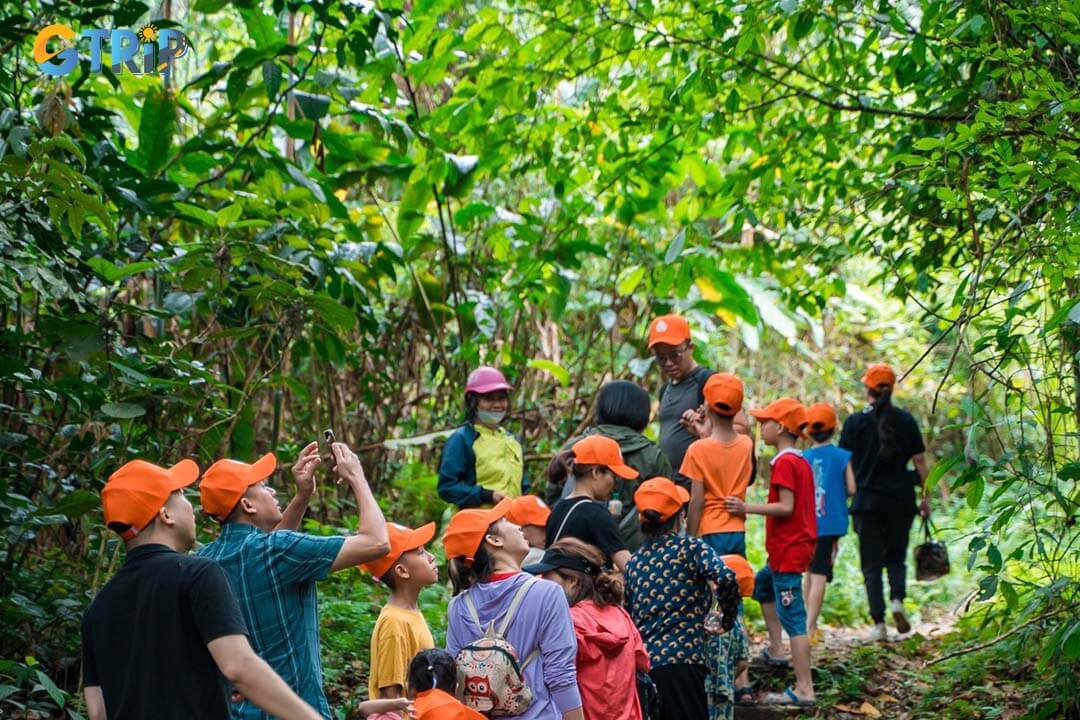
Visitors will visit and take pictures of the scenery inside EPRC
15 species under care at the Endangered Primate Rescue Center
The Endangered Primate Rescue Center in Ninh Binh hosts a remarkable species list of endangered primates, currently caring for a total of 15 different species. These primates are part of specialized care programs for rehabilitation and conservation efforts to protect wildlife diversity in Vietnam.
Here’s the list of primates under care at the EPRC:
- Trachypithecus delacouri (Delacour’s langur): Known for its striking black and white coloration, this species is critically endangered due to habitat loss and poaching. Conservation efforts focus on habitat restoration and community education. Research initiatives are also underway to monitor their populations and ensure their survival in the wild.
- Trachypithecus hatinhensis (Ha Tinh langur): This species is endemic to Vietnam and is threatened by deforestation and hunting. The EPRC is dedicated to rehabilitating these primates for eventual reintroduction into the wild. In addition, habitat protection strategies are being developed to safeguard their natural environment against further encroachment.
- Pygathrix cinerea (Grey-shanked douc): With its vibrant coloration and unique social structure, this species faces extinction risks from habitat destruction and hunting. Efforts at the EPRC include breeding programs to increase genetic diversity within the population.
- Pygathrix nemaeus (Douc langur): Renowned for its beauty, this primate is threatened by habitat loss and human encroachment. Conservationists are working to raise awareness about the importance of preserving their habitats to prevent further decline.
- Trachypithecus francoisi (Francois’ langur): This species is critically endangered, with ongoing efforts at the EPRC to rehabilitate and protect its population. Community engagement programs are being implemented to involve locals in conservation efforts and promote coexistence with wildlife.
- Trachypithecus germaini (Germain’s langur): Endemic to Vietnam, this species is struggling with habitat loss and requires significant conservation efforts. Collaboration with local communities is essential for developing sustainable practices that can protect their habitats.
- Pygathrix nemaeus (Douc langur): This species faces similar threats as its counterparts, with focused care provided at the EPRC. Ongoing research aims to better understand their behavioral ecology to improve rehabilitation techniques.
- Nycticebus pygmaeus (Pygmy slow loris): A nocturnal primate threatened by illegal wildlife trade and habitat loss. Conservation actions include anti-poaching patrols and educational campaigns to combat the illegal pet trade.
- Nycticebus bengalensis (Bengal slow loris): This slow-moving primate is also at risk due to habitat destruction and poaching. The EPRC is actively working to rescue and rehabilitate these animals to restore their populations.
- Trachypithecus margarita (Margarita langur): An endangered species that relies heavily on the forests of Vietnam for survival. Conservationists are advocating for the establishment of protected areas to ensure their habitat is preserved.
- Trachypithecus crepusculus (Crepuscular langur): This species is part of ongoing conservation efforts at the EPRC. Their unique adaptations to a crepuscular lifestyle highlight the need for targeted habitat protection during critical periods of activity.
- Nomascus leucogenys (White-cheeked gibbon): Known for its distinctive features, this species is critically endangered and requires intensive conservation efforts. Habitat restoration projects are essential for maintaining the ecosystems that support their survival.
- Nomascus annamensis (Annam gibbon): Facing extinction risks, this species is under dedicated care at the EPRC. Research programs are in place to study their behavior and reproductive habits to enhance breeding success.
- Nomascus gabriellae (Gabriella’s gibbon): This species is endangered, with active rehabilitation programs at the EPRC. Conservationists are also focusing on public awareness campaigns to highlight the plight of gibbons in Vietnam.
- Nomascus concolor (Black gibbon): Endangered due to habitat loss and poaching, conservation efforts are crucial for its survival. Collaborative efforts with international wildlife organizations are being made to strengthen conservation strategies for this species.
These species include langurs, lorises and gibbons, all of which are closely cared for and protected by the EPRC. The center plays an important role in breeding, restoring and releasing a number of species into the wild to protect biodiversity, especially Vietnam’s endemic and critically endangered primates.
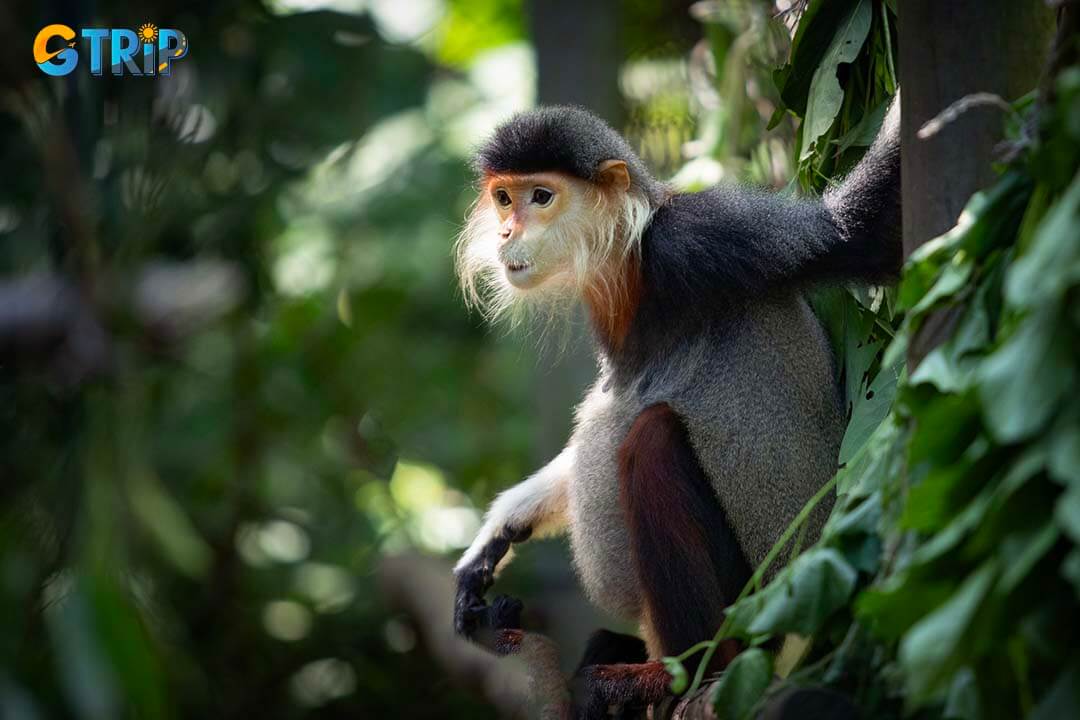
Red Shanked Douc Langur at EPRC
Visiting the center
The Endangered Primate Rescue Center (EPRC) welcomes visitors to explore its vital conservation work and learn about its residents. The center offers guided tours led by knowledgeable staff, who provide insights into the various species housed at the facility and the ongoing efforts to protect them.
Hours of operation are designed to accommodate a wide range of visitors, ensuring that everyone has the chance to experience the center. It’s advisable to check in advance, as the center has specific visiting hours that may vary by season.
For those looking to maximize their visitor experience, suggested itineraries are available. These itineraries can help you plan your time effectively, allowing them to participate in tour programs highlighting key interest areas and conservation education.
Visitors may also have the chance for interaction opportunities with some of the animals, depending on the programs offered at the time. These experiences are designed to foster a deeper connection with the wildlife and underscore the importance of conservation.
Additionally, the center provides entry guidelines to ensure a safe and respectful environment for both visitors and animals. By following these guidelines, guests can help create a positive visitor engagement atmosphere. They will also gain valuable knowledge about the challenges facing endangered primates and the efforts to protect them.
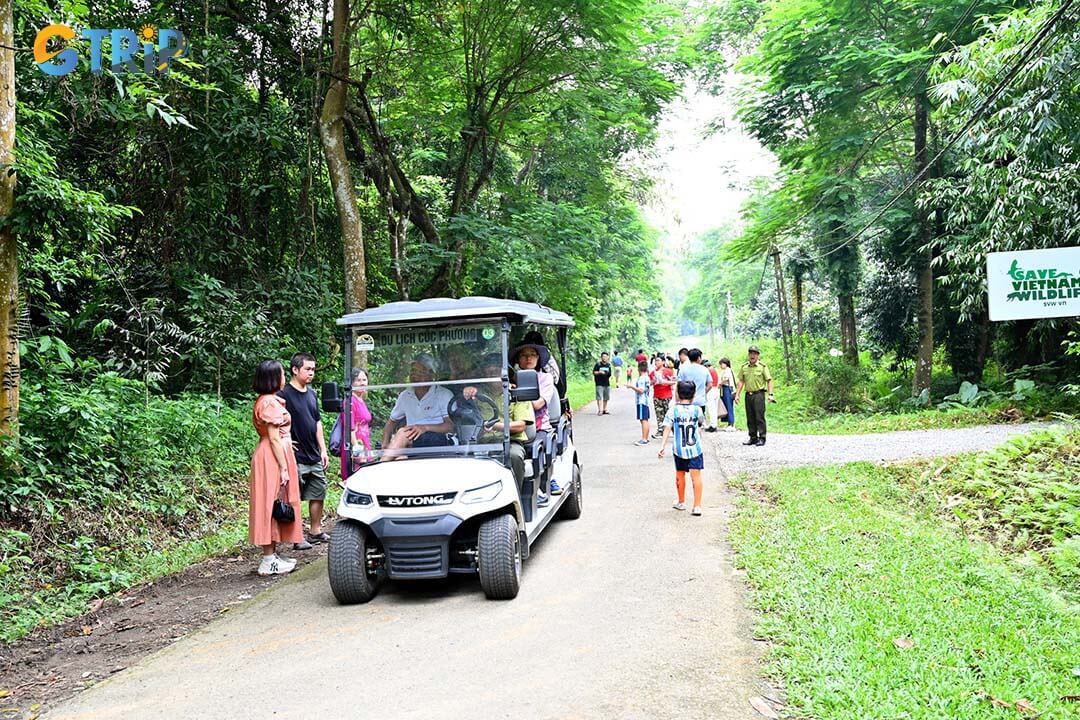
Visiting the EPRC center by electric vehicles
Support and volunteer opportunities
The Endangered Primate Rescue Center (EPRC) encourages support through various channels. This allows individuals and organizations to make a meaningful impact on conservation efforts. The center welcomes volunteers to join its mission, offering a range of volunteer programs tailored for local and international participants.
One of the primary ways to support the center is through donations, which play a crucial role in sustaining its operations and programs. The EPRC offers donation programs for those who wish to contribute financially. These programs provide funding opportunities that directly support the care and rehabilitation of endangered primates.
Additionally, the center invites contributions toward specific projects, such as habitat restoration or education initiatives. This allows donors to see the direct impact of their generosity.
For those interested in a more immersive experience, the EPRC provides hands-on conservation experience through its volunteer programs. Volunteers can work alongside dedicated staff to gain valuable insights into animal care and habitat management. They will also have the opportunity to participate in educational outreach initiatives. This experience enhances participants’ understanding of wildlife conservation and fosters a sense of community support.
There are numerous benefits to volunteering at the EPRC. Participants can develop practical skills in animal husbandry while engaging with like-minded individuals. They also have the opportunity to contribute to vital conservation work. Volunteers often leave feeling accomplished for helping protect endangered species and raise awareness about conservation.
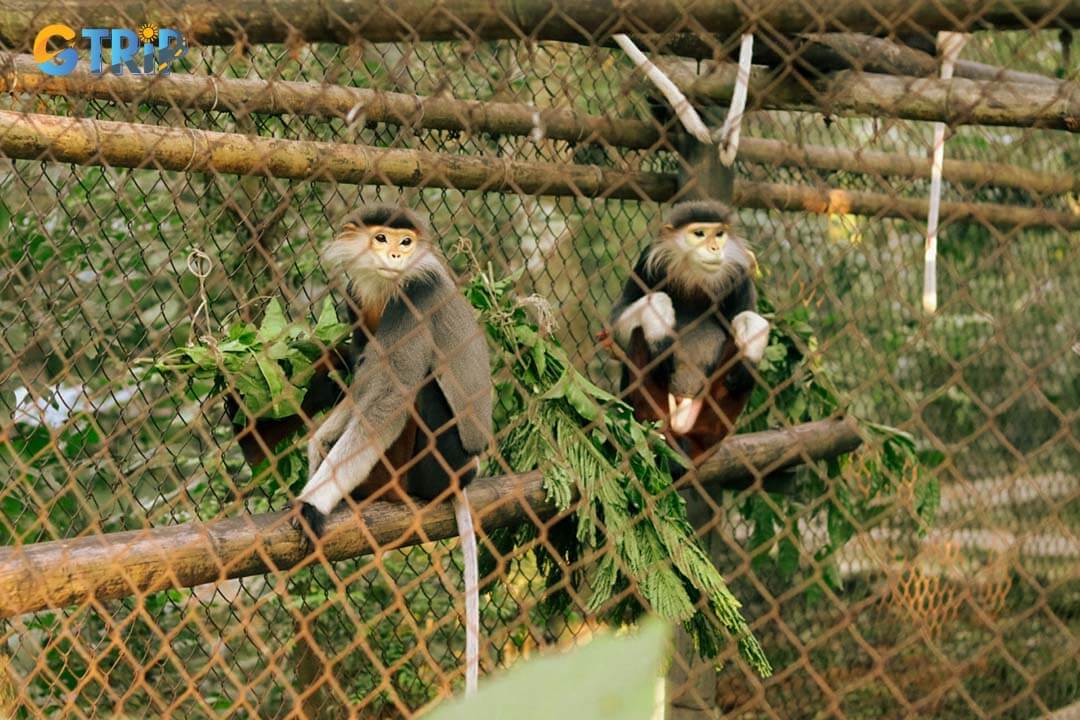
Douc Langur
Success stories of released primates back into the wild.
The Endangered Primate Rescue Center in Ninh Binh celebrates the release of rehabilitated primates back into their natural habitats. The center also showcases triumphs in wildlife conservation and making significant contributions to recovering endangered species’ populations. Some typical success stories include:
- Trachypithecus delacouri: EPRC has successfully rehabilitated Delacour’s langurs, which were released into protected areas in northern Vietnam. These wild releases have resulted in new groups in their natural habitat. The primates can thrive in these environments and contribute to the species’ genetic diversity.
- Pygathrix cinerea: The center has documented successful returns of grey-shanked doucs, where rehabilitated individuals were monitored post-release. This species has shown resilience in adapting to its environment. Successfully foraging and forming social bonds in the wild demonstrates the effective reintroduction methods employed by EPRC.
- Nomascus leucogenys: EPRC shares stories of the black-and-white gibbons that have been released into their natural habitats after extensive rehabilitation. These reintroduction successes have been pivotal in restoring local populations, and the released gibbons are often seen engaging in natural behaviors, signaling their successful adaptation.
- Trachypithecus hatinhensis: The center has successfully rehabilitated Ha Tinh langurs, with several individuals reintroduced into designated reserves. Their return to the wild has helped bolster population numbers. It has also raised awareness of the critical need for habitat protection.
Before reintroduction, EPRC implements thorough preparatory methods, including health checks and survival skills training. They also focus on the restoration of natural behavior to ensure these rehabilitated primates can thrive upon their return. The center coordinates with conservation organizations and local authorities to monitor and protect the released individuals. This collaboration safeguards their habitats against various threats.
These success stories aid in restoring primate populations in the wild. They also increase public awareness and momentum for future species conservation efforts. This promotes a collective commitment to preserving Vietnam’s unique biodiversity and ensuring the freedom of rescued animals.
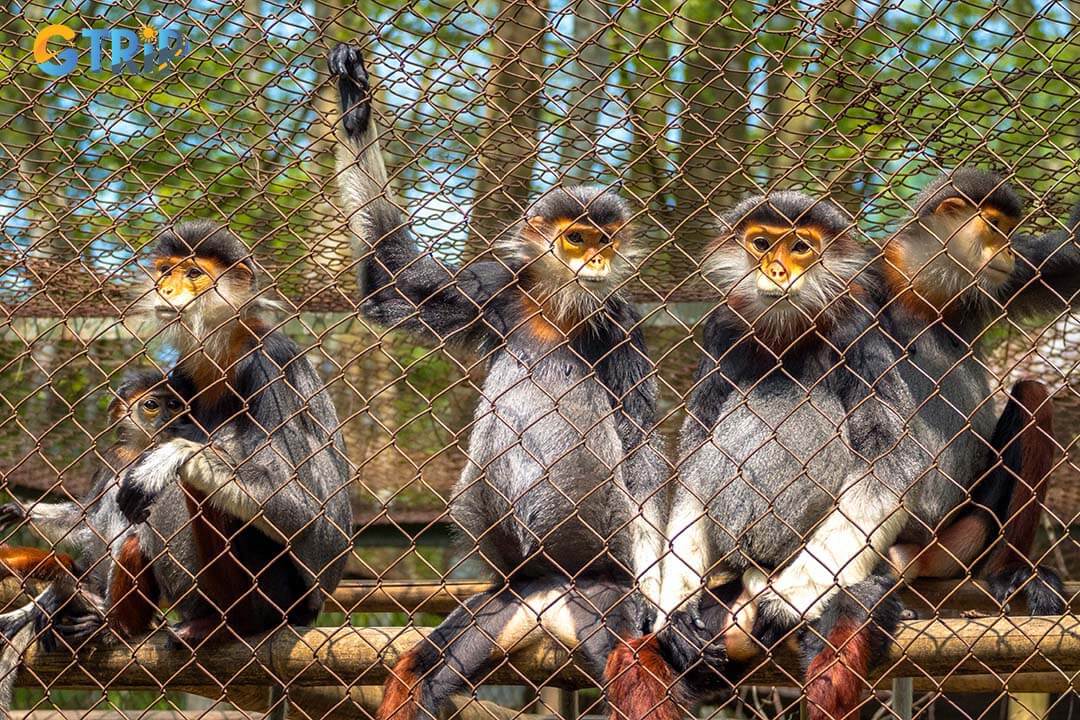
Releasing Langur species into their natural habitat will help them develop better, but perhaps hunting will cause them to become extinct sooner.
Conclusion about EPRC
The Endangered Primate Rescue Center (EPRC) emphasizes the importance of sustainable efforts in wildlife protection. It plays a crucial role in ensuring the future of primates in Vietnam. By rehabilitating and reintroducing endangered species into their natural habitats, EPRC represents a vital effort in biodiversity conservation. This work makes lasting contributions to conservation that extend beyond the immediate recovery of these animals.
Through its educational programs and community engagement, the center inspires the future conservation of primates and the ecosystems they inhabit. It fosters a deeper conservation awareness among the public. The dedicated work of EPRC is vital for promoting wildlife preservation efforts. This ensures that current and future generations can appreciate and protect Vietnam’s rich biodiversity.

